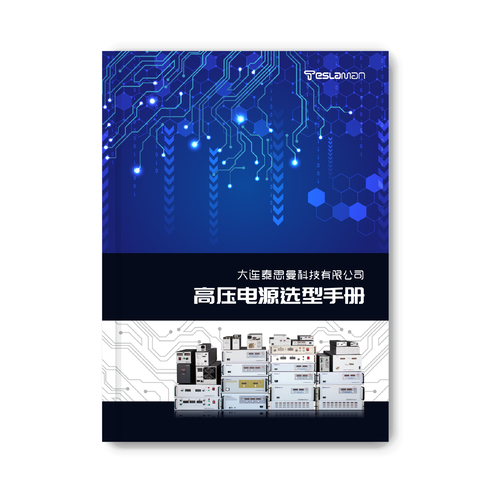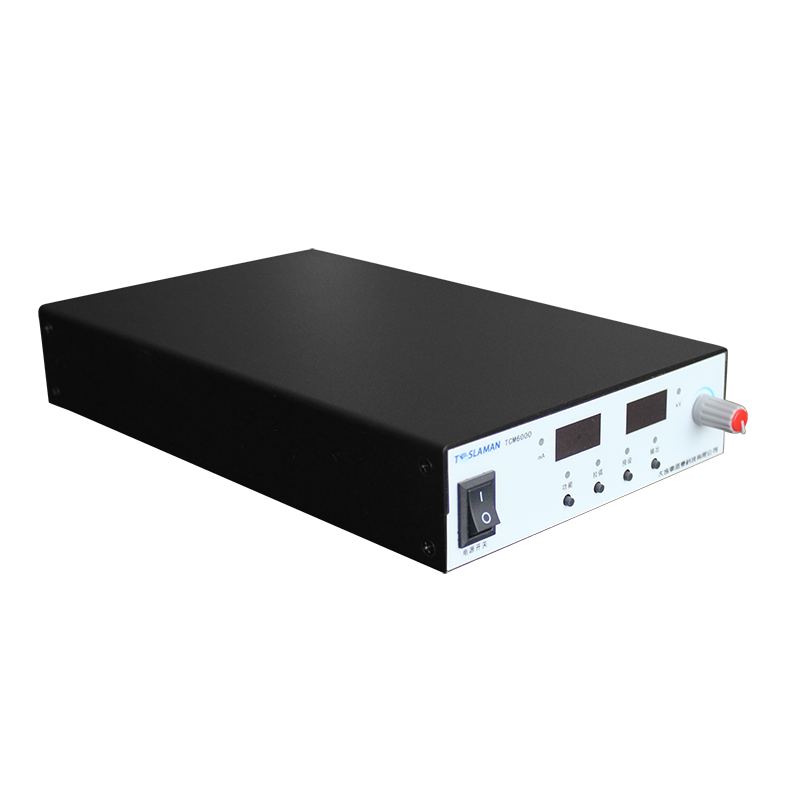Capacity Selection of High-Voltage Power Supplies for Semiconductor Testing
In the field of semiconductor testing, high-voltage power supplies play a crucial role. The selection of their capacities directly affects the accuracy and efficiency of testing as well as the safety and reliability of the equipment.
Firstly, understanding the demand characteristics of high-voltage power supplies for semiconductor testing is the basis for capacity selection. During the testing process of semiconductor devices, specific high-voltage environments are often required to stimulate their internal physical properties so that the electrical performance can be detected and analyzed. Different types of semiconductor devices, such as diodes, transistors, and integrated circuits, have differences in the required voltage ranges, current magnitudes, and pulse characteristics for testing. For example, some power semiconductor devices may require voltages as high as several thousand volts during blocking tests, while relatively large currents are needed during conduction tests to simulate the actual working state.
The selection of the voltage parameter in the capacity of the high-voltage power supply is particularly critical. If the selected voltage capacity is lower than the maximum voltage value required for semiconductor testing, it may lead to the inability to properly stimulate the device's characteristics, resulting in inaccurate test results or even the inability to complete the test. However, an overly high voltage capacity is also not ideal. On the one hand, it will increase the cost of the power supply, and on the other hand, it may pose a risk of overvoltage damage to the semiconductor devices. Therefore, it is necessary to accurately determine an appropriate voltage range according to the specification manuals of the semiconductor devices to be tested and relevant testing standards. On this basis, a certain margin should be reserved, and it is usually recommended to increase the margin by 10% 20% based on the highest test voltage to cope with possible voltage fluctuations, power grid interferences, and other situations.
The selection of the current capacity cannot be ignored either. During semiconductor testing, when the devices are in a conducting state or undergoing some specific dynamic tests, relatively large currents will flow through them. If the current capacity of the high-voltage power supply is insufficient, the output voltage will drop and it will be unable to maintain the set voltage level, which will seriously affect the accuracy of the test results. When determining the current capacity, it is necessary to comprehensively consider the maximum current requirements of the semiconductor devices under different testing modes, while also taking into account the influence of other components in the testing system, such as load resistors and capacitors, on the current. Generally speaking, it should be ensured that the current capacity of the high-voltage power supply can meet the current requirements of the semiconductor devices under the harshest working conditions, and it should also have appropriate overload capabilities. For example, it should be able to withstand an overload of 1.5 times the rated current for several seconds to prevent test interruptions or power supply failures caused by instantaneous current spikes.
In addition, for some special semiconductor testing applications, such as pulse testing, the pulse power capacity of the high-voltage power supply also needs to be considered. Pulse testing requires that the power supply can output high-voltage and large-current pulses within an extremely short period of time, which imposes high requirements on the power storage and rapid discharge capabilities of the power supply. At this time, the selection cannot be based solely on the continuous output power of the power supply. Instead, the required pulse power capacity should be calculated according to parameters such as the width of the pulse, the repetition frequency, and the voltage and current peaks during the pulse period. For example, in high-frequency pulse testing, the power supply needs to have a short pulse rise time and fall time to ensure that it can accurately simulate the working state of the semiconductor device in an actual high-frequency switching environment. This requires the use of special circuit designs and energy storage elements inside the power supply, and correspondingly, the selection of its capacity is more complicated.
When selecting the capacity of a high-voltage power supply for semiconductor testing, it is also necessary to consider the overall architecture of the testing system and its future expandability. If the testing system may be upgraded in the future, such as adding more types of semiconductor devices to be tested or improving the testing accuracy requirements, a certain upgrade space should be reserved when initially selecting the capacity of the high-voltage power supply to avoid the need to completely renovate the entire testing system or replace the power supply equipment due to capacity limitations, thereby reducing the overall cost and improving the life cycle of the testing system.
In conclusion, the capacity selection of high-voltage power supplies for semiconductor testing is a complex process that takes into account multiple factors. It is necessary to have an in-depth understanding of the specific requirements of semiconductor testing, accurately calculate parameters such as voltage, current, and pulse power, and fully consider the architecture and expandability of the testing system to ensure that the selected capacity of the high-voltage power supply can not only meet the current testing requirements but also have certain foresight and adaptability, providing a stable, reliable, and efficient high-voltage power supply for semiconductor testing work.




















